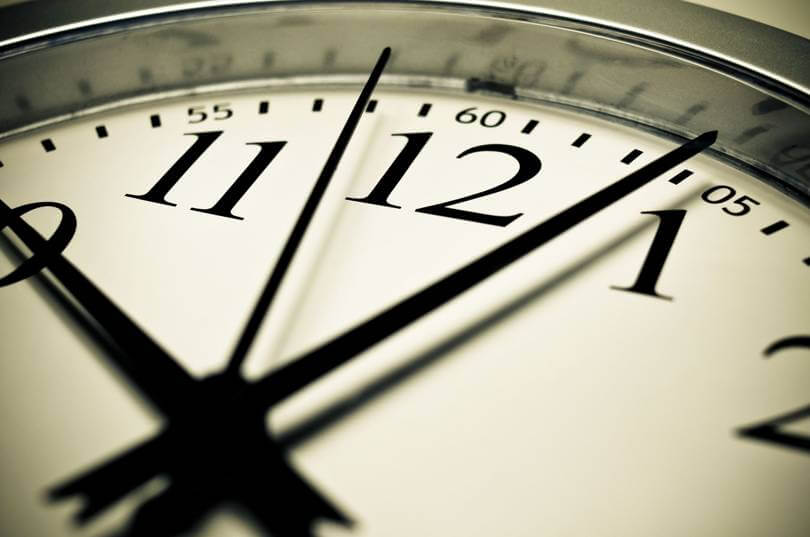Daylight Saving Time & Its Impact on Time and Attendance
It’s this time of the year again when we have to adjust our time clock due to Daylight Saving Time. Daylight Saving Time (DST) was first implemented in 1908, in a small town of Port Arthur, Ontario (today’s Thunder Bay). In 1916, during World War I, Germany and Austria became the first countries to use DST; their goal was to minimize artificial lighting to save fuel. Today, over 70 countries are using DST. (https://www.timeanddate.com/time/dst/history.html)
For most of Canada and United States, the clocks advanced by one hour on Sunday, March 14, 2021. There is evidence to indicate that time change results in negative health effects and productivity loss; in Ontario, for example, a bill to end the “outdated practice” has been passed in Fall 2020, provided that Quebec and New York will do the same. (“Ontario to move permanently to daylight saving time as long as Quebec, New York follow“)
Until then, in addition to its impact on health and productivity, Daylight Saving Time can also impact Time and Attendance systems. While most time clocks will adjust automatically, some will not, impacting obtained data. If your time clock has a Daylight Saving Time feature, you can specify the date and time of DST and the Time Clock would automatically adjust the time; you might need to adjust this setting every year to reflect the correct date. Furthermore, Midex Time Control (a Time and Attendance software) has a built-in DST synchronization feature and will automatically update the time on your time clock.
When returning to work after a time change, it is important to check that all time clocks show the correct time. Ideally, you should adjust the time before employee start their work. However, if there were any employees who punched before clock time was adjusted, make sure you adjust time records by 1 hour within the Time and Attendance software system.

